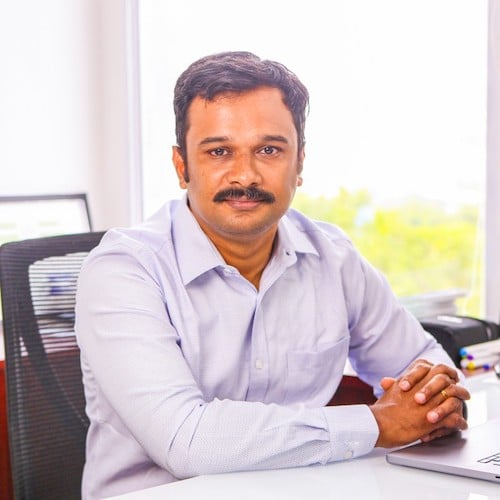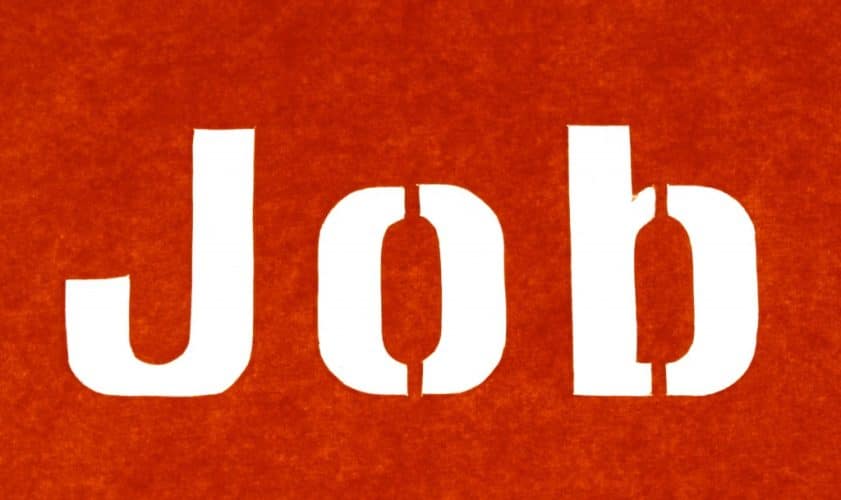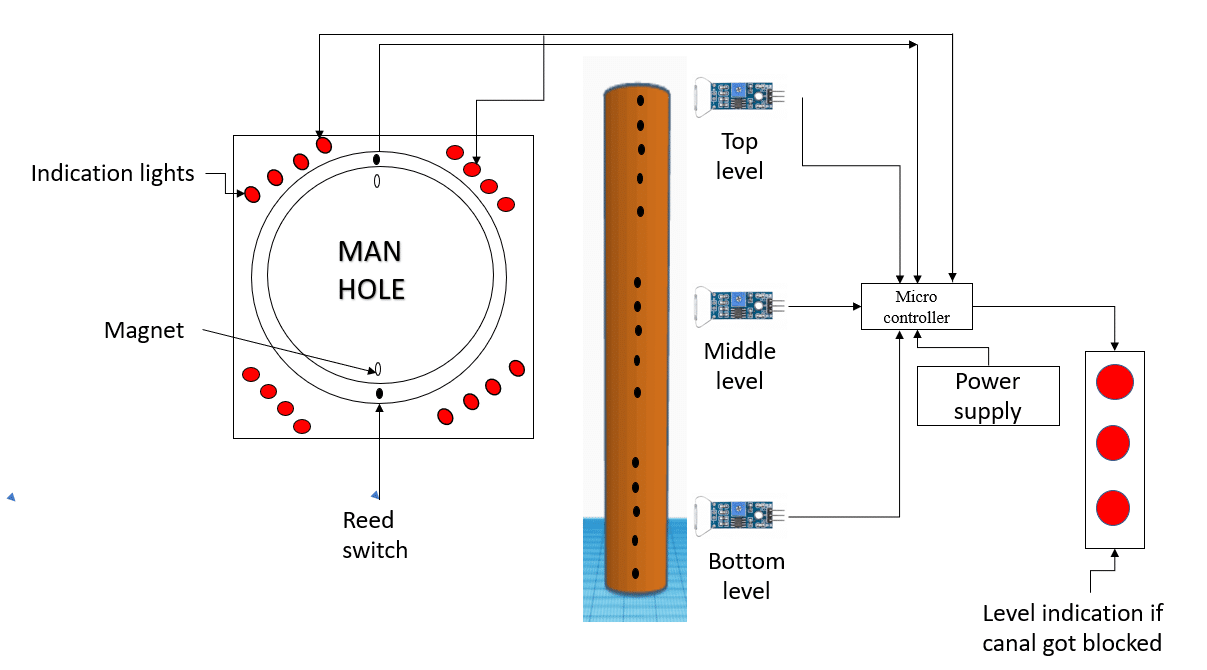
[ad_1]
Q. Can you please tell us about the journey of e-con Systems?
A. We founded e-con Systems in October 2003 as three passionate engineers who wanted to make electronics products. One of the co-founders was my college senior, the other was a friend he met at his first job.
We started with embedded design services in the beginning. We started designing products for customers. We would do hardware design as well as software design, and the customers would take it forward and work on it.
Initially, we were doing it for some Indian companies. Slowly we got some contacts in the US and gradually we started working with many US companies.
In 2008, we figured that to continue with design services we had to either make it a big services company with thousands of people working, or else we needed to turn it into a hardware company, where we could generate more revenue and also realise our dream of making products in India. So, in 2008, we started focusing on cameras.
At that time smartphones were becoming very popular, due to which cameras were also becoming popular. It was very tricky to integrate a camera into a product. It was not only the hardware part but there were also a lot of other things; lot of knowledge about imaging and development expertise was required to integrate cameras into products. So slowly we changed ourselves from a product design services company to an original equipment manufacturing (OEM) camera product company.
In 2013, we were around 80 to 85% a services company and 15 to 20% products company—with that sort of revenue split. Today, we are 90% product company, and the rest are customisation services. In the services sector, we get involved with customers who use our cameras. We do services for them to integrate them into the product. So that’s the service part that we’re doing.
Today, 75% of our customers are from the US, around 15% are from Europe—mainly Germany, Netherlands, and Austria region—and 10% are from South Korea and Japan. These are our key markets. We are now a hardware company that designs and manufactures products in India and ships them all over the world.
Q. As an Indian OEM manufacturer, who started as a startup and has remained in this field for so long, what is your secret?
A. We have been very focused on technology and understand what kind of technology sells in the market. To attract global customers from all over the world, we needed to have a unique technology that added value.
We didn’t have a big sales team; we started marketing our products on the web. This is something we believed in, and it worked for us. The people who are looking for embedded camera technology know that we are among the top choices all over the world. So, they come and buy our camera samples that are available on our website. Our team provides complete support to the customers from here.
That’s how our journey started. The uniqueness of our understanding of the customers’ needs and our technology make it easy for us to sell to our customers. We are subject matter experts when it comes to embedded vision. We have 250-300 unique applications that use our cameras across diverse fields such as agri tech, smart cities, healthcare, life sciences, retail, manufacturing, and robotics. This is our greatest strength.
Q. What were the challenges you encountered when you decided to transition from an electronics product design company to a manufacturing company?
A. While offering product design services, we were designing customers’ products and the customers would manufacture their products in volumes using EMS providers. When we switched to being a product company, technically many things were the same but there were two aspects which changed massively and offered a challenge.
Deciding what products to make was the first challenge. We decided to make OEM products (camera and system-on-module) because we knew our customers were product development companies who’d need these building blocks for their products. Making this decision and deciding on the exact camera sensors and specifications was the first challenge.
The second challenge was building those products. Though we had worked on a lot of product designs for our customers, when making our products, we had to take them to production ourselves, put up stringent production quality processes, maintain the products, and support the customers. All of these were new challenges which we faced and solved.
Q. How did you manage your finances during the services business and after the shift?
A. e-con Systems has always been financially prudent, and that’s one of the reasons we were able to make the shift from being a services company to a product company without any drop in revenue. We were making a profit year-on-year as well.
The profits we made were ploughed back into the company for R&D. We have had an R&D division right from the start. Though we were providing services, there was a percentage of resources that was not billed and was used for R&D on some new technology that would help our services. We moved that into product R&D when we decided to switch to a product company.
We made a few camera products in the initial years and started selling them to customers. We built on that success and expanded. We continued to do services but focussed our services on customers who would use our camera products or would potentially buy our cameras and stopped all pure-play services. This put pressure on our sales, but we managed to get it done.
Q. How many IPs do you own?
A. There are a lot of IPs that we have worked on, both on the camera side as well as image sensing, image processing, camera interfacing, and mechanical design. Recently, in the last few years, we have started filing patents. We have three US patents which have been granted, and there are eight more which have been filed. There are more in the pipeline.
Q. How do you do your market research when it comes to IPs?
A. We look at a lot of industry studies and take information from there. We have a very vibrant customer pool built over the years. If there are 300 products in the world that use our cameras, that means we’d have talked to at least 3,000-4,000 customers before we reached that 300. From a camera perspective, we learn what is the next thing that is expected.
We are also very active in the communities. We have many technology partners, such as NVIDIA, and our discussions with our partner ecosystem help us. We are part of the Embedded Vision Alliance. We take part in a lot of embedded vision shows and embedded systems conferences. These are where we get to do our market research and collect information to decide on the next thing we need to do.
Q. How much of your revenue do you dedicate towards research?
A. I cannot give it as a percentage of our hardcore revenue. We have a core research and development team and a core product development team. We have our imaging processing lab. We are also building our autonomous mobile robot (AMR) lab just to create an atmosphere for the R&D people to work with AMR and understand what kind of cameras or imaging technologies are required.
There is always a continuous investment on R&D. Our major expense in terms of engineering is on the R&D side. Once we come up with a product, it’s more of a production game where we can have production partners. We rely on our EMS partners and external manufacturers for production. The major expense that we do is on the engineering side.
Q. What are the latest and most sought after technologies in the embedded vision industry, according to you?
WHERE IS THE REST OF THIS ARTICLE’S CONTENT?
[ad_2]
Source link






